Got a 1000 gallon holding tank for the well and the main connection out of the tank is a large threaded black PVC to the white PVC (I brought and installed). I teflon taped the darn thing and it leaked (and I cranked on the tightening too); so a plumbing hardware guy says no teflon just plain PVC to PVC. Well, it leaks – mostly a very slow drip (cranked on the tightening too).
Any one tell me how to stop the leak / drip.
Thanks!
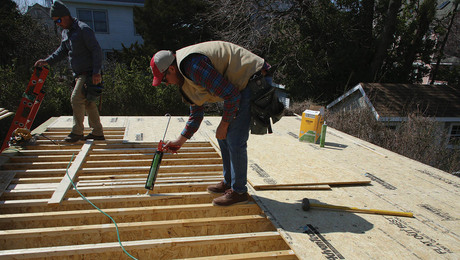


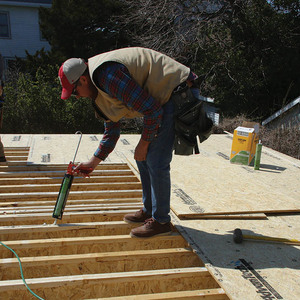

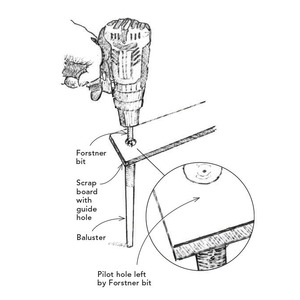




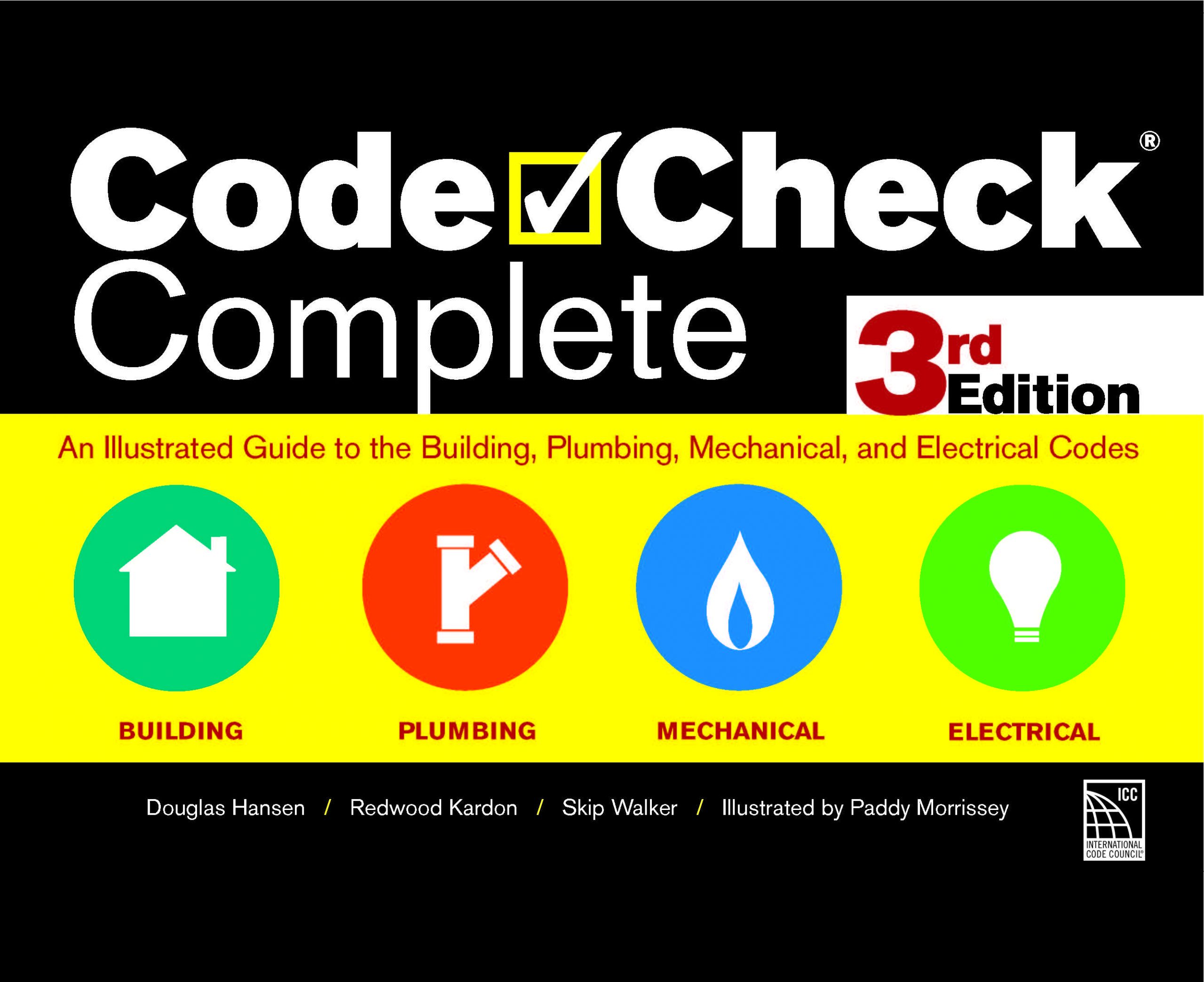






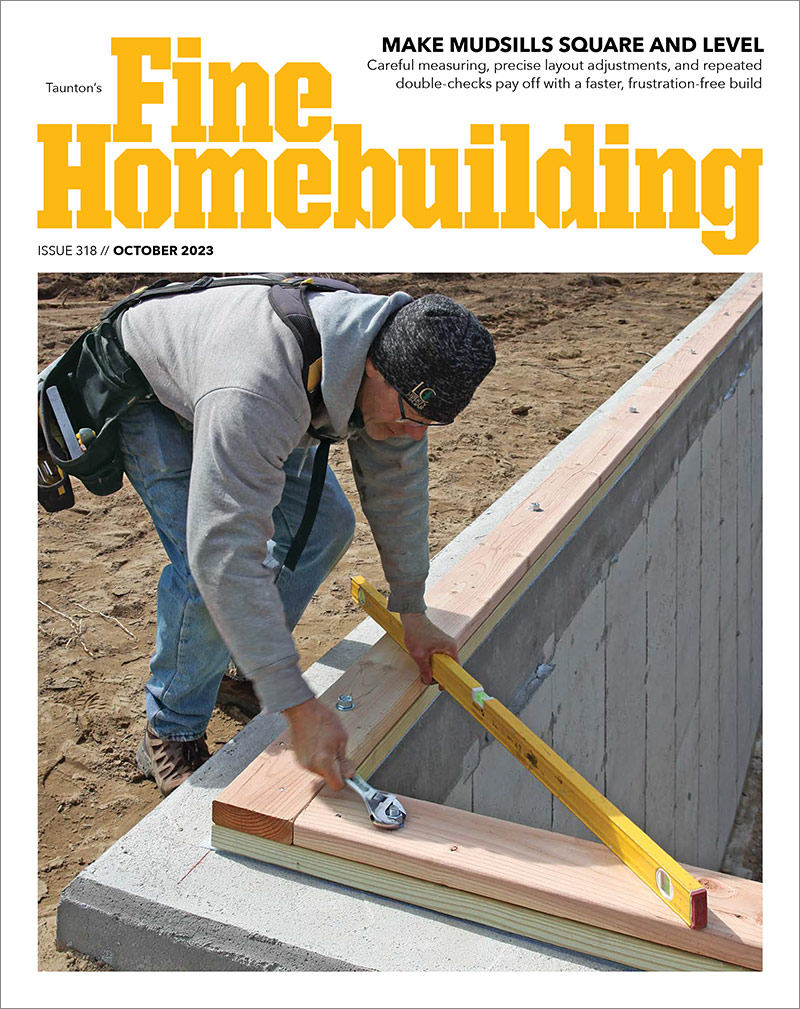

Replies
yur trying to connect ABS to PVC...
make both fittings the same...
if you have slip now... glue..
if you have threaded still.. rector seal true blue..
more than likely you have disfigured or corrupted the fitting from over tightening too much...
see if you can't do away with one fitting..
Life is not a journey to the grave with the intention of arriving safely in a pretty and well preserved body, but rather to skid in broadside, thoroughly used up, totally worn out, and loudly proclaiming
WOW!!! What a Ride!
Forget the primal scream, just ROAR!!!
Edited 9/20/2006 2:00 pm by IMERC
Thanks. Sooner or later I've going to have to connect the white one inch to the black....Didn't realize you could tighten plastic too much. Oh well....
good luck...
Life is not a journey to the grave with the intention of arriving safely in a pretty and well preserved body, but rather to skid in broadside, thoroughly used up, totally worn out, and loudly proclaiming<!----><!----><!---->
WOW!!! What a Ride!<!----><!---->
Forget the primal scream, just ROAR!!!
Since they're both threaded, and the setup is probably quite temperature-stable, so I don't see how the differeing materials should make a difference. They're both theoretically IPS threads, and would thread to iron/brass fittings of the same standard size.Probably though, as you say, one of the fittings is garfed up.
If Tyranny and Oppression come to this land, it will be in the guise of fighting a foreign enemy. --James Madison
ABS is softer than PVC and stretches easier..
PVC lends to be more brittle..
Life is not a journey to the grave with the intention of arriving safely in a pretty and well preserved body, but rather to skid in broadside, thoroughly used up, totally worn out, and loudly proclaiming<!----><!----><!---->
WOW!!! What a Ride!<!----><!---->
Forget the primal scream, just ROAR!!!
You are probably tightening up the fitting too much. What I do with threaded plastic fittings is to add pipe dope or tape and tighten approx. 3/4 turn after hand tight; fyi when pvc and abs became prevalent in the trade the manufactors recommended no sealer; DIDN'T WORK! Lots of luck. ......................................................................
Thanks for all the info. Looks like I do need something besides bare threads....
IMERC has the best answer. However, you could find that a rubber coupling could solve your problem too. Fernco is one brand.
slide a banded Fernco over both of the threaded fittinf as a back up..
but I don't believe Ferncos are pressure rated and their use would a last resort...
Life is not a journey to the grave with the intention of arriving safely in a pretty and well preserved body, but rather to skid in broadside, thoroughly used up, totally worn out, and loudly proclaiming<!----><!----><!---->
WOW!!! What a Ride!<!----><!---->
Forget the primal scream, just ROAR!!!
I assume that you are talking about something in the 1-2" range. And are any of these barbed fittings?
If you have any that are translucent white and not snow white I think that they are nylon.
And the black might be PVC or the might be PE.
If any of the above I would not try to use any kind of "pipe glue/solvent" on them. Either a pipe dope or RTV. But with the RTV you need to let is set a day unpressurized.
No "barbed." All just pipe threads. What is RTV? I did a search and come up with a couple different things.
did you try this infotank-depot.com
RTV is chemically reactive sealent...
good source is an auto parts store..
RTV Black would be my 1st choice... Blue for second...
once cured it's save for most applications..
Aquarium RTV is a good bet... works in a wet enviroment and is about as safe as an RTV can get..
for a drip leak use the RTV....
Life is not a journey to the grave with the intention of arriving safely in a pretty and well preserved body, but rather to skid in broadside, thoroughly used up, totally worn out, and loudly proclaiming<!----><!----><!---->
WOW!!! What a Ride!<!----><!---->
Forget the primal scream, just ROAR!!!
RTV - room tempature valcumizing AKA silcone rubber.
>> RTV - room tempature valcumizing AKA silcone rubber.Your search - "room temperature valcumizing" - did not match any documents. Maybe "room temperature vulcanizing"?
thanks for the tip on rtv, nice to know what those acronyms mean.
It would be unusual for the tank to be made of PVC. Tanks are nearly always polyethylene. If so, then the fittings cannot be cemented because solvent cement doesn't work on PE. If the fitting is not formed with the tank then it could be of a different plastic than the tank and might be PVC.
Experienced people can tell PVC from PE from ABS by feel and by smell, but without practice most people can't.
Even so a threaded connection should be easily and reliably made. The fitting may be cracked or defective, but if not then pipe dope should do the trick. If pipe dope won't, then nothing will and one or both of the fittings is now bad.
Where did you get the tank; any chance the tank has British threads? If so, they are not compatible with NPT threads that are standard in the US.
Teflon tape doesn't work well on plastic and the low friction makes it easy to overtighten and crack the female fitting.
If the fitting on the tank cannot be made to work you can cut a hole in the tank and install a bulkhead fitting. You won't have to replace the tank.
"It would be unusual for the tank to be made of PVC. Tanks are nearly always polyethylene." Yea, the bottom fitting I'm connecting to - the tank was drilled and fitted with a black treaded "adapter" my lack of the correct technicial term.Got it from http://www.tank-depot.com/product.aspx?id=123I don't believe I overtighten enough to crack or damage threads (lessons learned the hard way)Maybe the dope is the way to go.It is more a very slow drip that just keeps part of the barn moist...